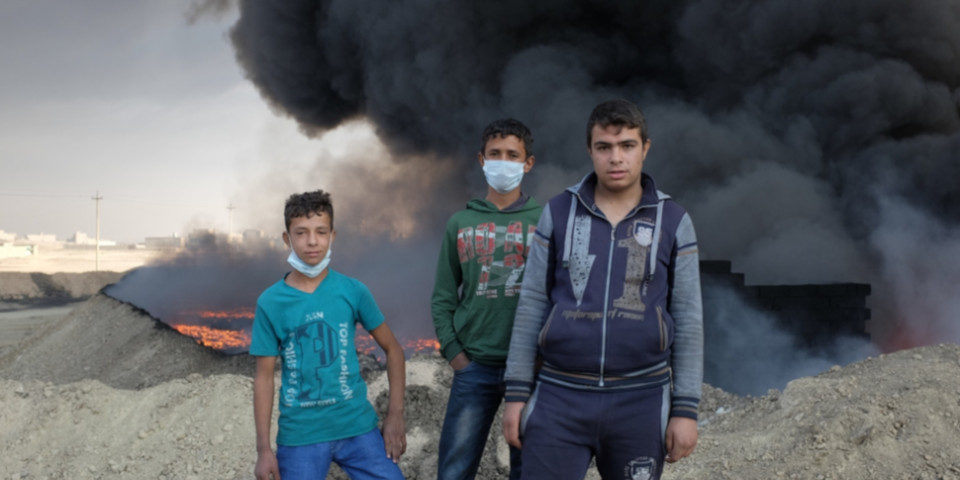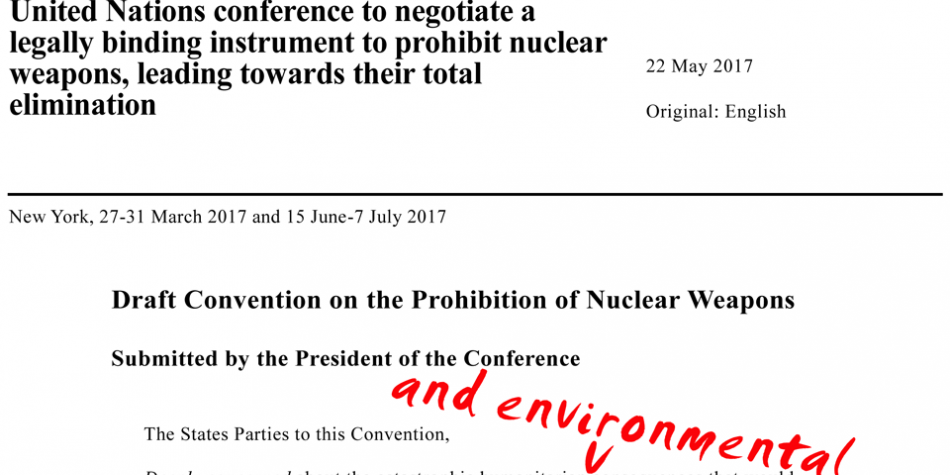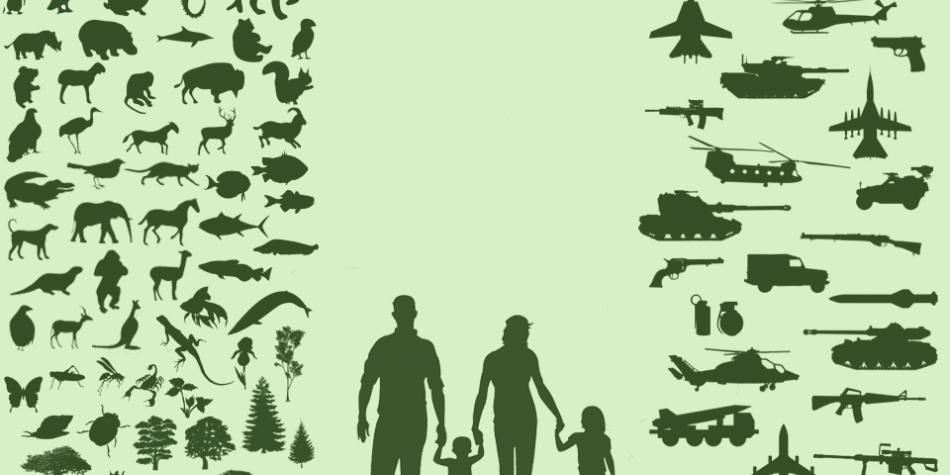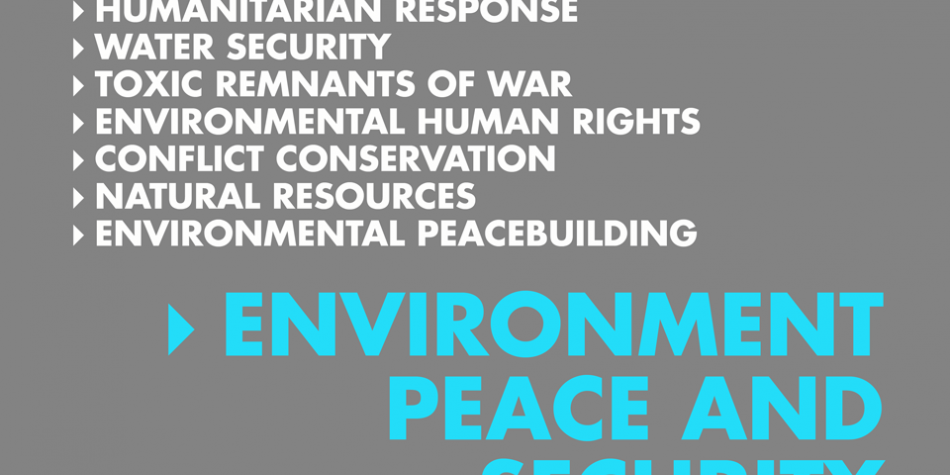Iraq tables conflict pollution resolution ahead of December’s UN Environment Assembly
The Iraqi government has tabled a draft resolution aimed at addressing pollution caused by armed conflicts and terrorist operations for this year’s meeting of the UN Environment Assembly. The overarching theme of UNEA3 is pollution, and the universal membership body is the UN’s primary decision-making body on the environment. Doug Weir takes a look at the scope of the initial text and looks ahead to the negotiations.








